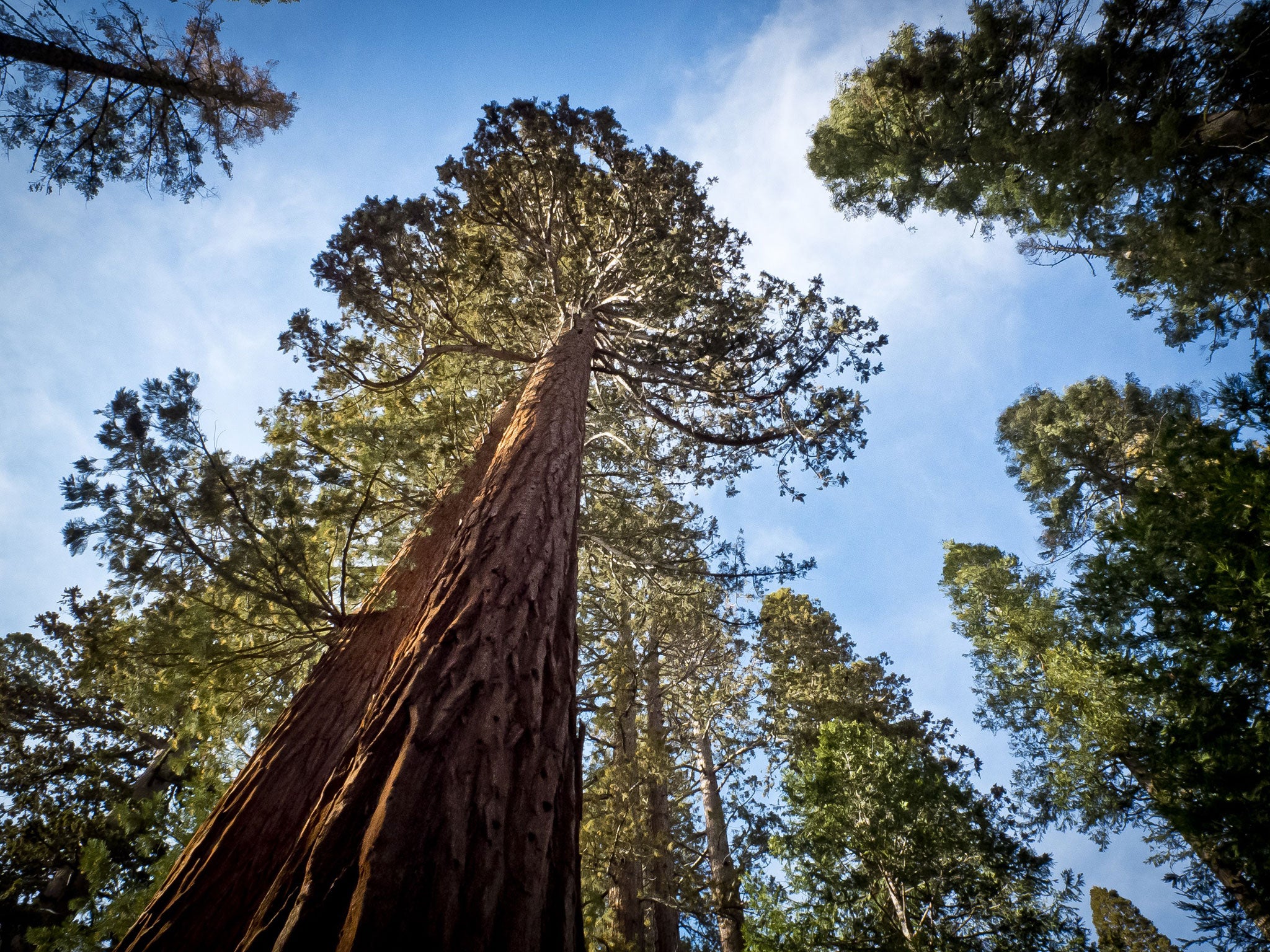At the Edge of the Orchard by Tracy Chevalier, book review
Tracey Chevalier exposes the romanticised lie in the American dream

Your support helps us to tell the story
From reproductive rights to climate change to Big Tech, The Independent is on the ground when the story is developing. Whether it's investigating the financials of Elon Musk's pro-Trump PAC or producing our latest documentary, 'The A Word', which shines a light on the American women fighting for reproductive rights, we know how important it is to parse out the facts from the messaging.
At such a critical moment in US history, we need reporters on the ground. Your donation allows us to keep sending journalists to speak to both sides of the story.
The Independent is trusted by Americans across the entire political spectrum. And unlike many other quality news outlets, we choose not to lock Americans out of our reporting and analysis with paywalls. We believe quality journalism should be available to everyone, paid for by those who can afford it.
Your support makes all the difference.Tracy Chevalier has said that her eighth novel, At the Edge of the Orchard, was written with the American Dream in mind; to challenge, more specifically, the lie that sits as its source. This, a book about one pioneer family's hardscrabble existence in bleakest 19th-century Ohio swamp-land, was written after a re-reading of Laura Ingalls Wilder's Little House on the Prairie; it was meant to unhinge the romanticising myth of the happy, wholesome family of that book, with Charles Ingalls, or "Pa", who Chevalier calls "bipolar", as its patrician heart.
In that it more than succeeds, though the unstable force here is more the mother, Sadie Goodenough, than the father, James. They are a couple at war, and their children become the collateral damage. James is a gentle grower of apple trees; Sadie, harder-edged, is a maker of cider and drinks far too much of it.
Even though they disappear after 70 pages, the story is as much about them in absentia as it is about Robert, their eldest son who runs away after a family crisis, across the Midwest to post-Goldrush California, to act as an assistant to a tree specialist. Even as we follow the gyrations of Robert's journey west, they remain the destructive, charismatic heart, and the book might have stayed – one half-wishes, half dreads – with their emotionally vivid mutual self-destruction.
Chevalier has carved out a middle-point between writing literary fiction and its page-turning, commerical counterpart and this book will serve both those audiences. The research that she is known for too is here, this time, on the provenance of apples and trees. Descriptions of the giant redwoods in California, and the spectacular species of the giant sequoias in the Calaveras Grove, are a balm to the emotional violence of earlier chapters. The solace that California's sunny, still, observant nature offers Robert, alongside its imperviousness to his suffering, is a paradox that is caught well though his inner commune with trees. He hopes the serenity of the grove will do its work on his younger sister Martha, to heal her from her past. And yet there is, he understands, the sadness of past trauma sunk deep within him that "even the trees could not assuage".
James's pioneer struggle to tame his hitherto unmanned settlement is the counterpoint to Robert's at-oneness with the land; James's battle is that of the archetypal settler. Robert's is of the archetypal cowboy, bent on his journey of rugged individualism to leave all that is bad, and making good simply by going west. This tenet of the American dream too is interrogated, when he can go no further west, and must turn back around ("All of this running made no difference"). Tourism at its incipient stage is also rigged against the vast and lavish American pastoral. The entrepreneurial American Pioneer is discovering an income stream amid the country's newly discovered natural magnificence – the groves of wondrous trees are the new cash-cow, now that the Goldrush is running dry, and once again, Chevalier seems to be drawing our eye to the corruption in the original ideals of American progress – the pioneer spirit asserting itself over a natural world that might remain beautiful, if simply left alone.
As narrative registers switch, so too does the tone of Chevalier's story. Sadie's first person poison-angst, alongside James's stoic third-person reflections, give way to an epistolary exchange between Robert and Martha that is deeply touching in its crossed-wires and its hunger for connection. Finally, the book settles into a resolution that hopes to assuage Robert's sadness, even if the trees won't. The rekindled relationship between Robert and Martha offers light to the darkness of parental rage. Their sibling story is, in the end, more powerful than the romantic love between Robert and a rambunctious woman called Molly.
Molly remains ancillary in spite of her larger-than-life character, maybe because Robert and Martha's story has more pull for the shared childhood trauma within it. It is past pain that binds them in love, and this portrait of the tenderness of sibling love is in some ways Chevalier's greatest achievement.
Borough Press, £16.99. Order at £14.99 inc. p&p from the Independent Bookshop
Join our commenting forum
Join thought-provoking conversations, follow other Independent readers and see their replies
Comments